Digestive System Diagram Worksheet Answers
The Digestive System Diagram Worksheet Answers provide a comprehensive and detailed overview of the organs and processes involved in the digestion and absorption of food. This worksheet is designed for students or individuals who are studying biology or anatomy and are looking for a visual representation of the digestive system.
Table of Images 👆
- Human Digestive System Worksheet
- Digestive System Worksheets and Answers
- Human Body System Worksheet Answers
- Fetal Pig Male Reproductive System Diagram
- Digestive System Worksheet
- Dover Publication Coloring Page Free
- Fetal Pig Digestive System Diagram Labeled
- Fetal Pig Respiratory System Diagram Labeled
- Free-Body Diagrams Worksheet with Answers
- Blank Canada Map Quiz
- Fetal Pig Dissection Diagram
- Bill Nye Circulatory System Worksheet Free
- Science Fair Project Rubric
- Skeleton Hand Drawing
More Other Worksheets
Kindergarten Worksheet My RoomSpanish Verb Worksheets
Cooking Vocabulary Worksheet
My Shadow Worksheet
Large Printable Blank Pyramid Worksheet
Relationship Circles Worksheet
DNA Code Worksheet
Meiosis Worksheet Answer Key
Art Handouts and Worksheets
7 Elements of Art Worksheets
What is the primary role of the mouth in the digestive system?
The primary role of the mouth in the digestive system is to begin the process of breaking down food through mastication (chewing) and mixing it with saliva, which contains enzymes that help start the chemical digestion of carbohydrates. Additionally, the mouth helps to form a bolus (ball of chewed food) that can then be easily swallowed and passed down the esophagus to the stomach for further digestion.
Name two organs that are responsible for breaking down food mechanically.
The mouth and the stomach are two organs that are responsible for breaking down food mechanically. The mouth uses teeth to chew and grind food, while the stomach churns and mixes the food with digestive juices to further break it down.
Where does the process of chemical digestion primarily occur?
The process of chemical digestion primarily occurs in the small intestine. The small intestine is where the majority of nutrient breakdown and absorption take place, as digestive enzymes and chemicals are released to further break down food particles into smaller molecules that can be absorbed into the bloodstream and used by the body for energy and other cellular functions.
What is the function of the esophagus?
The esophagus is responsible for transporting food and liquids from the mouth to the stomach through a process known as peristalsis, which is a series of muscular contractions that push the contents down the esophagus.
Name the organ that is responsible for the production of bile.
The liver is the organ that is responsible for the production of bile.
List two functions of the stomach in digestion.
The stomach serves to store food and mix it with gastric juices to initiate the process of digestion by breaking down food into smaller particles. Additionally, the stomach secretes enzymes and hydrochloric acid to further break down food components such as proteins and aid in the absorption of certain nutrients.
What is the primary role of the small intestine?
The primary role of the small intestine is to digest and absorb nutrients from the food we eat. It breaks down the food into smaller molecules such as carbohydrates, proteins, and fats, which can then be absorbed into the bloodstream and used by the body for energy, growth, and repair.
Name the organ that stores and concentrates bile.
The gallbladder is the organ that stores and concentrates bile, which is produced by the liver and aids in the digestion of fats in the small intestine.
Where does most of the absorption of nutrients occur in the digestive system?
Most of the absorption of nutrients occurs in the small intestine of the digestive system, particularly in the duodenum, jejunum, and ileum. The small intestine is lined with villi and microvilli, which increase the surface area for nutrient absorption. Nutrients such as carbohydrates, proteins, fats, vitamins, and minerals are absorbed through the mucosal cells in the small intestine and then transported to the bloodstream to be used by the body for energy and growth.
What is the final organ of the digestive system that waste passes through before being excreted from the body?
The final organ of the digestive system that waste passes through before being excreted from the body is the large intestine, specifically the rectum, where solid waste material is stored until it is expelled from the body through the anus during a bowel movement.
Have something to share?
Who is Worksheeto?
At Worksheeto, we are committed to delivering an extensive and varied portfolio of superior quality worksheets, designed to address the educational demands of students, educators, and parents.

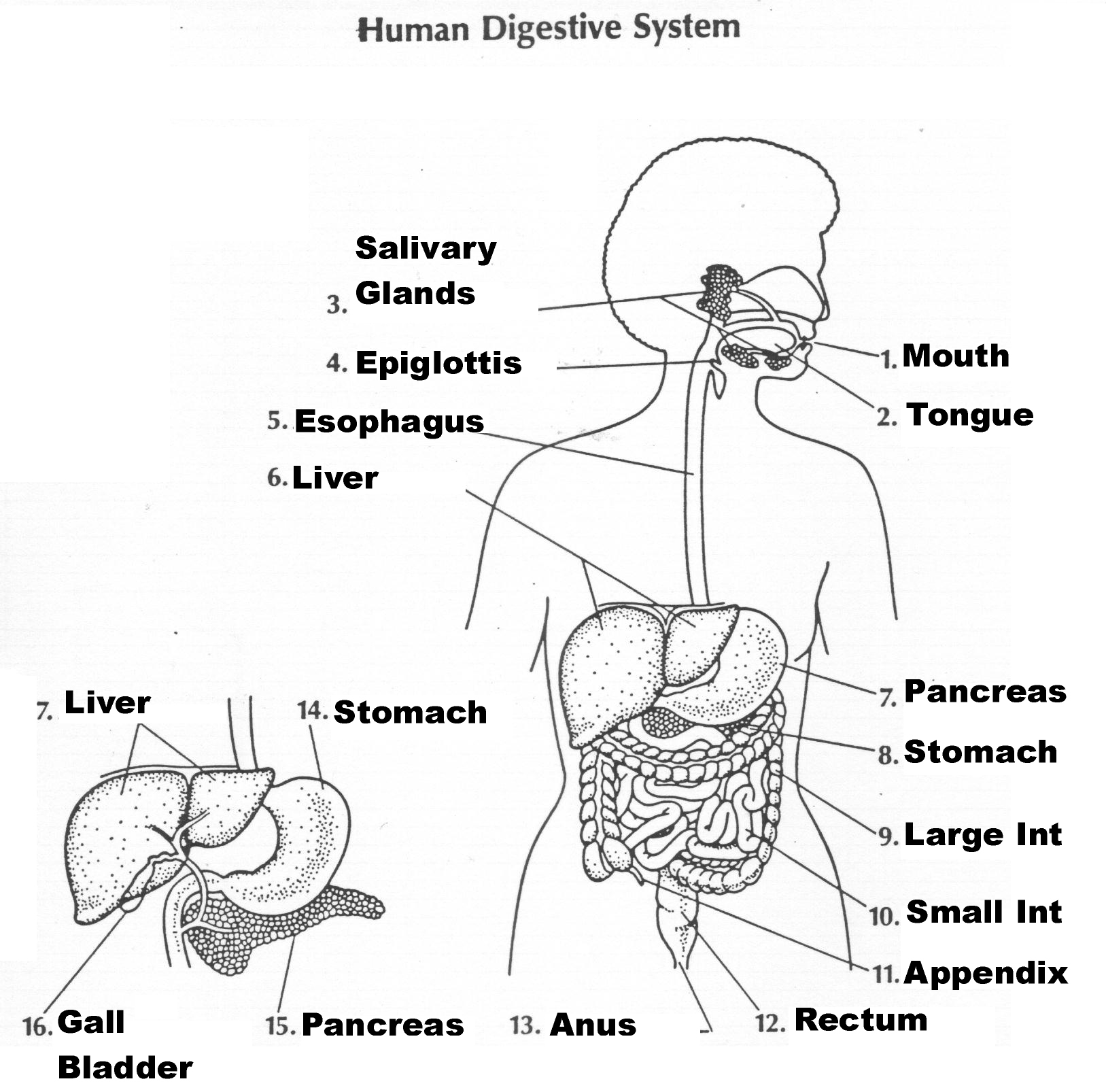



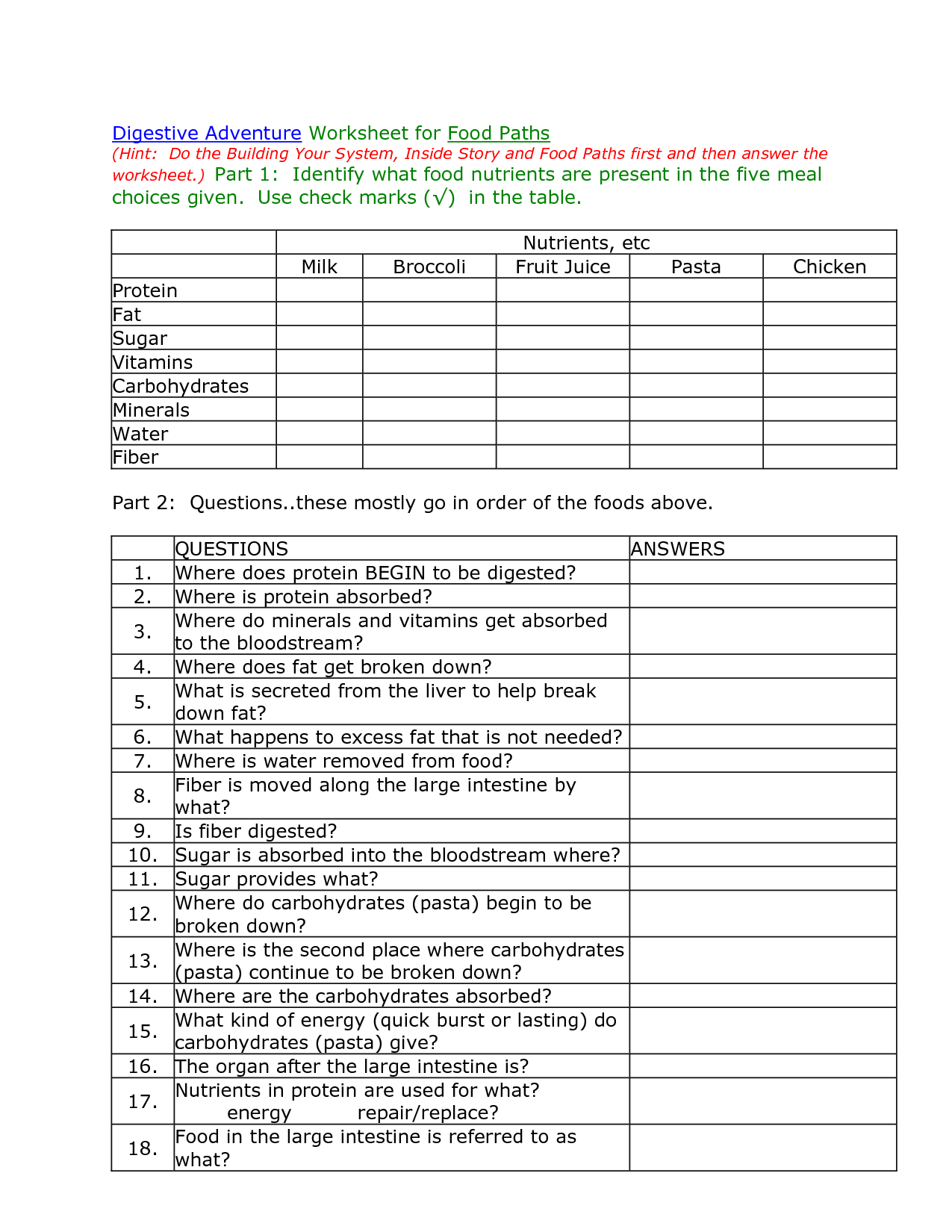
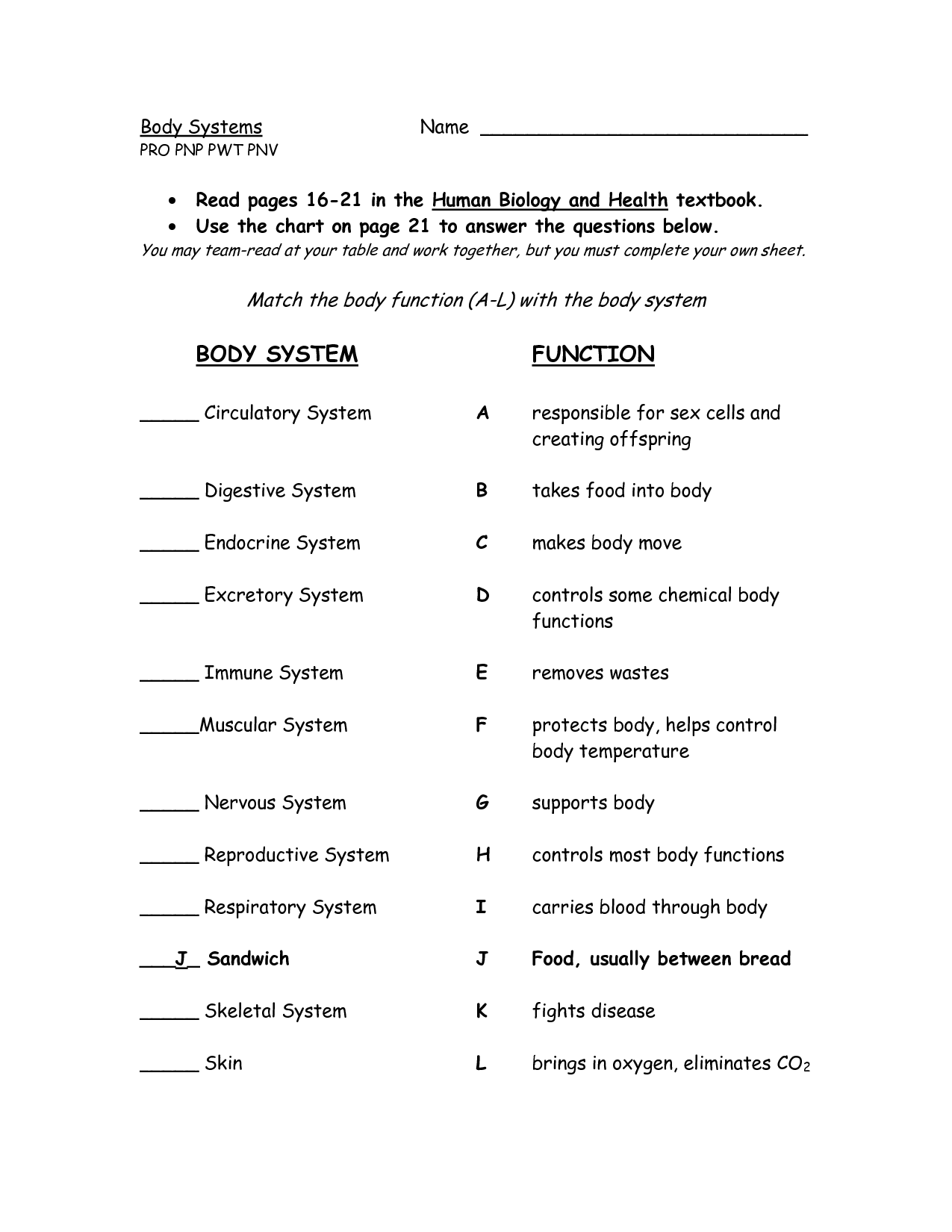
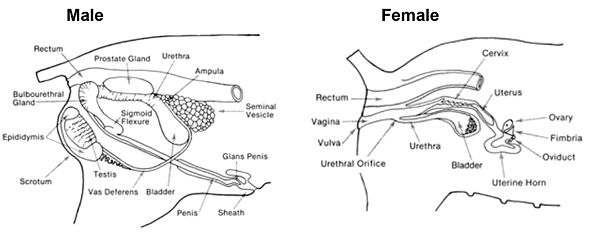
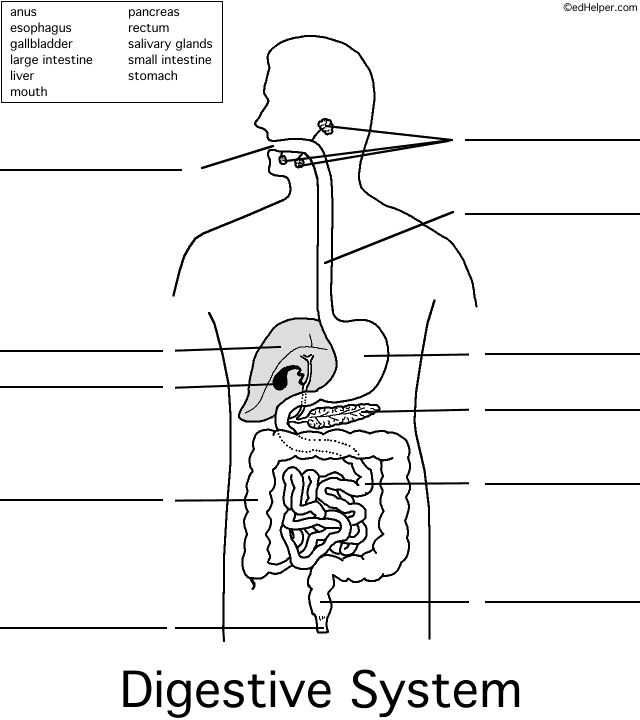
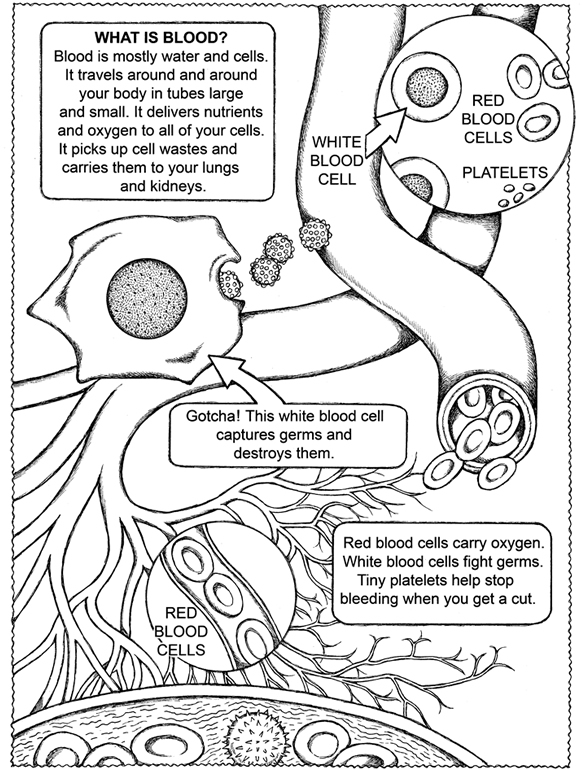
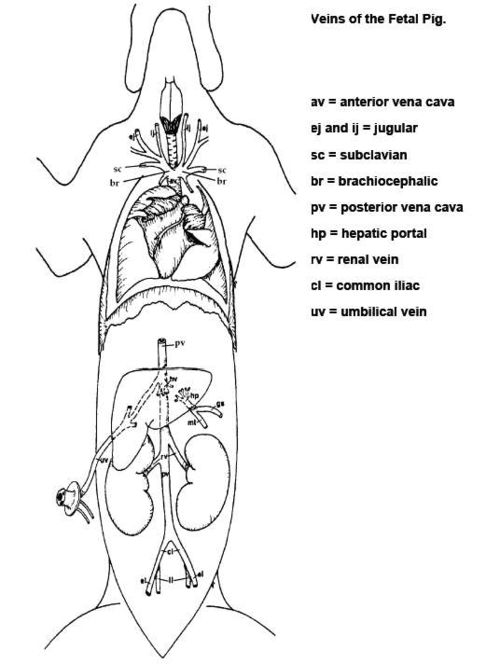
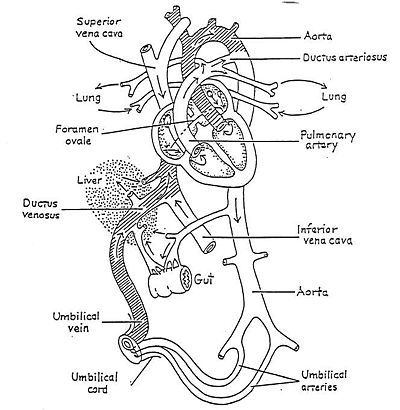
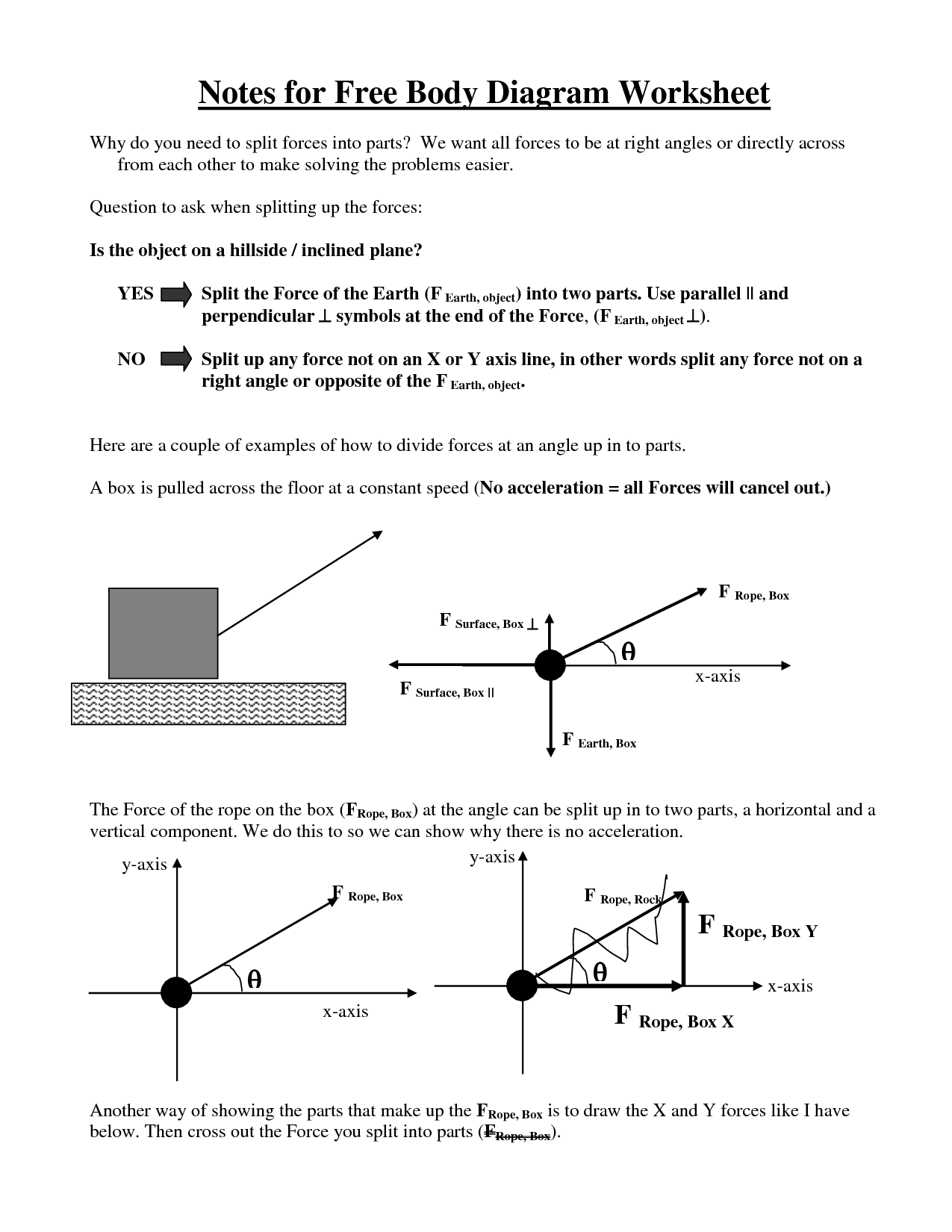
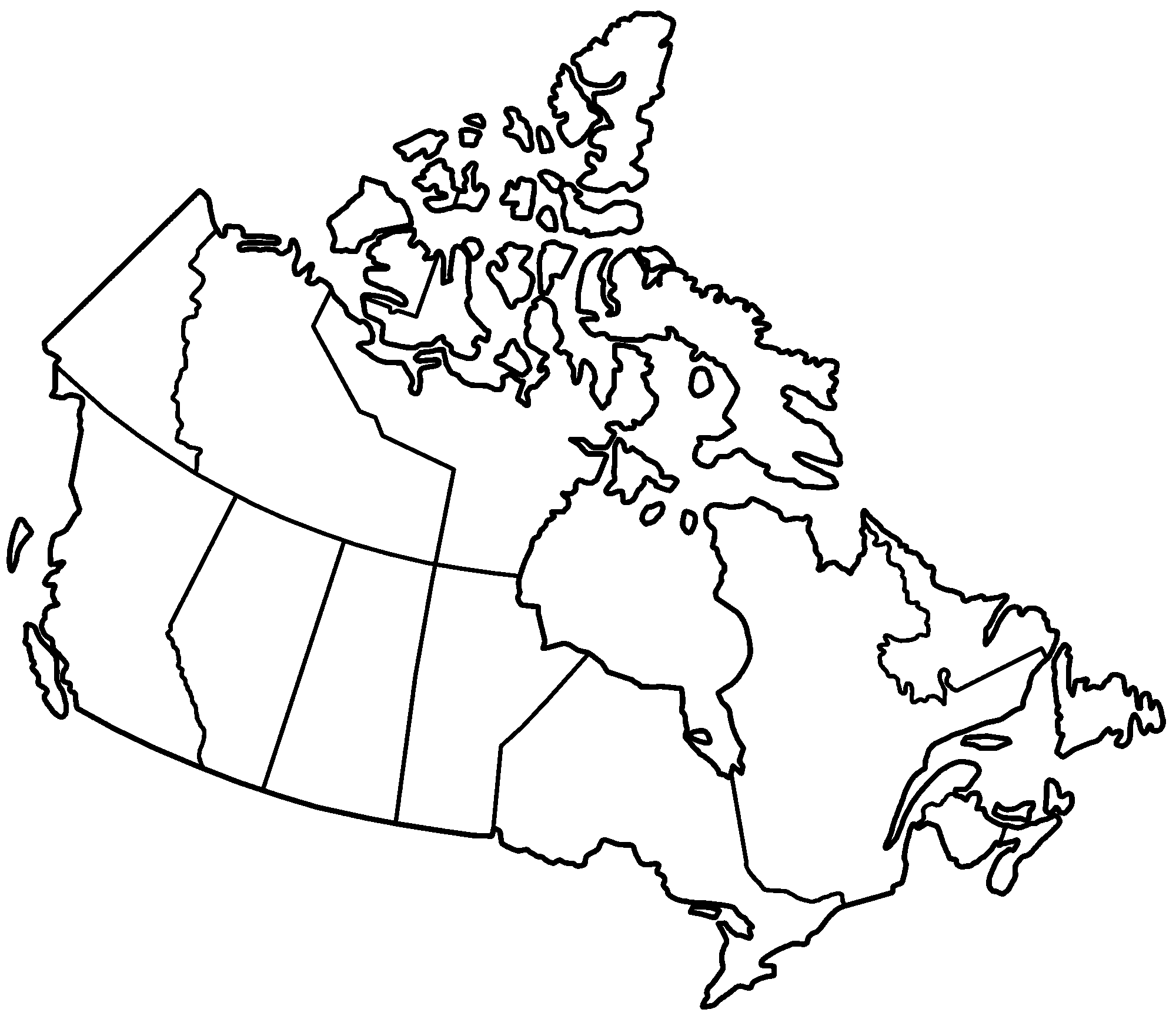
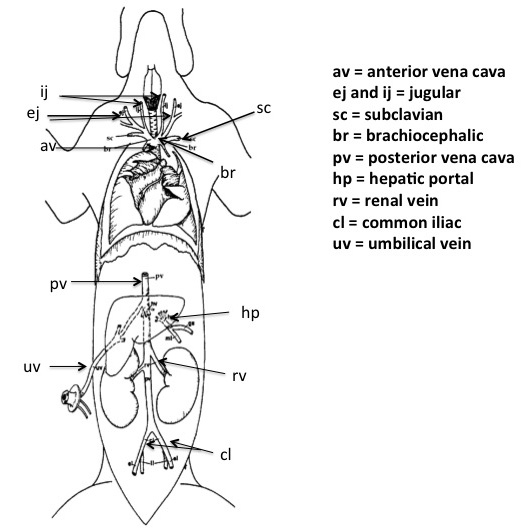
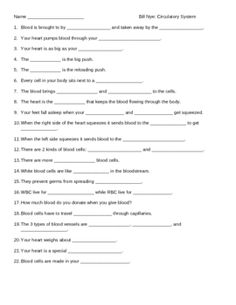

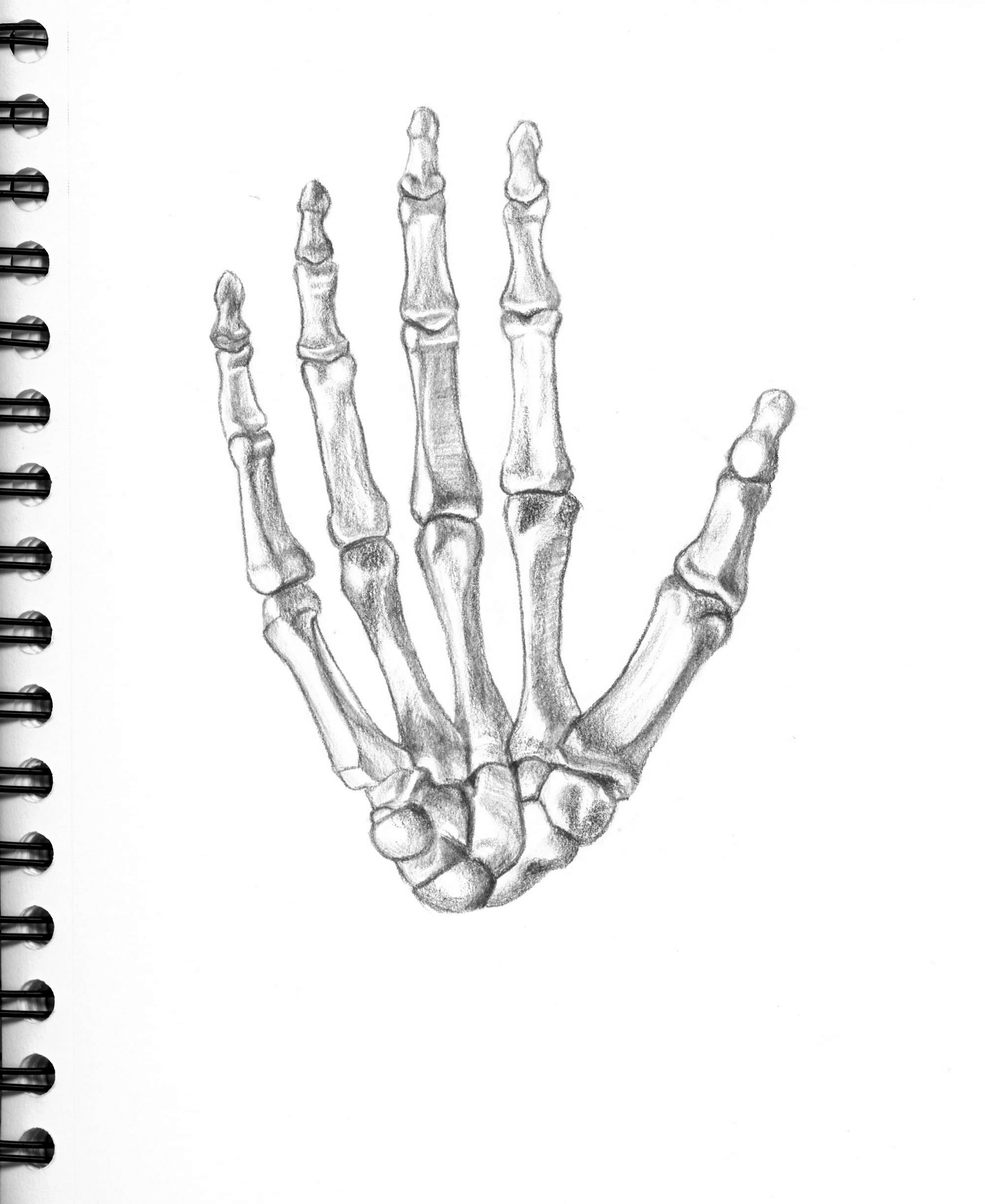














Comments